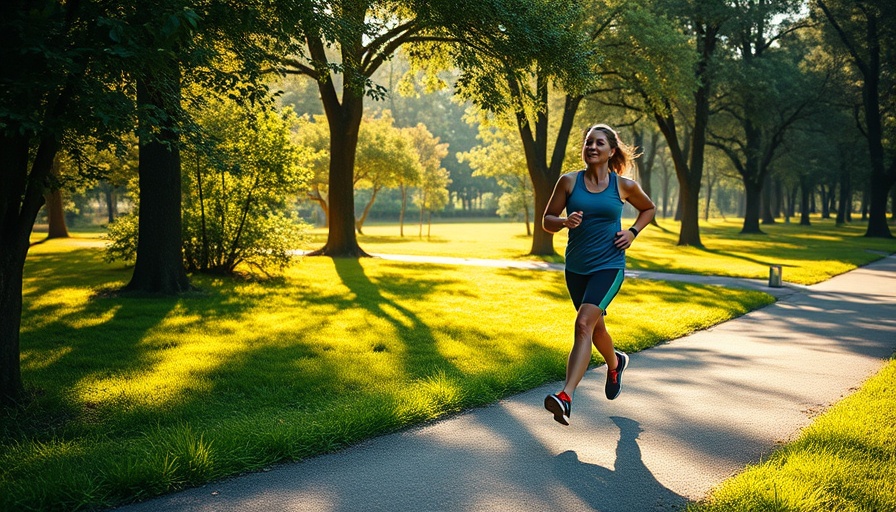
Reclaiming Control: The Power of Exercise in Parkinson's Disease
For individuals living with Parkinson's disease, the struggle can feel overwhelming—often accompanied by a sense of lost control over their own bodies. Fortunately, a growing body of research shows that exercise is not just beneficial; it's transformative.
Dr. Samuel A. Frank, a neurologist at the Parkinson’s Disease and Movement Disorders Center, underscores the relationship between physical activity and improved health outcomes. "Clinically, I observe that the Parkinson’s patients who exercise most tend to do the best," he notes. Engaging in regular exercise can yield impressive results, enhancing not only balance and coordination but also cognitive function and overall mood.
Understanding Parkinson's Disease
Parkinson's disease is a neurodegenerative disorder impacting the substantia nigra, a crucial area of the brain responsible for regulating movement. Research suggests that exercise may combat the disease through various mechanisms, including modulation of inflammatory pathways and promotion of neural plasticity—the brain's remarkable ability to form new connections and adapt over time.
According to Lisa M. Rusch, a geriatric physical therapist, it is essential to consider starting an exercise program regardless of when a diagnosis is received. By doing so, individuals can prevent or delay the emergence of motor changes, leading to a more empowered and independent lifestyle.
Foundation of Safety: Consulting Your Healthcare Team
A proactive approach is critical especially when initiating an exercise routine for those diagnosed with Parkinson's. Dr. Ariane Park advises individuals to consult with their healthcare team before embarking on any new workout plan. Medical clearance and personalized guidance can enhance efficacy while ensuring safety. Depending on individual needs, your doctor may recommend a tailored exercise program designed by a qualified physical therapist.
Six Essential Guidelines for Exercising with Parkinson's
To maximize the benefits of physical activity while exercising safely with Parkinson's disease, consider these expert guidelines:
- Communicate Openly with Healthcare Providers: Discuss your exercise intentions with your neurologist and seek recommendations on safe practices.
- Start Slowly: Begin with low-intensity activities and gradually increase intensity as your body becomes accustomed to exercising.
- Prioritize Balance and Coordination: Incorporate exercises that focus on enhancing your balance to reduce fall risk.
- Embrace Variety: Mix up your routine with aerobic, strength, and flexibility training to keep the experience enjoyable and effective.
- Listen to Your Body: Pay attention to how your body responds to exercises and adapt your routine accordingly.
- Stay Consistent: Aim for regular activity to maintain and improve your physical condition, ideally through sustainable weekly practices.
The Emotional and Psychological Benefits of Movement
Engaging in regular physical activity can provide significant emotional rewards. Beyond the physical improvements, exercise promotes feelings of joy and accomplishment. The release of endorphins can foster a positive mood, combatting symptoms of anxiety and depression that often accompany neurodegenerative diseases.
Moreover, the empowerment that comes with taking control of one’s health can be life-changing. The journey to reclaiming physical autonomy can inspire individuals and build a supportive community around shared experiences.
Empower Yourself: Take Action Today
The journey of living with Parkinson's disease can be daunting, but incorporating exercise into your daily life is not just beneficial; it is essential. Seek medical advice, create your tailored exercise plan, and take the first step in redefining your relationship with movement. Whether it's a gentle walk in the park or a structured workout at the gym, every bit of activity contributes to your physical and mental well-being.
Your health is ultimately in your hands—don’t wait to discover the liberating effects of physical activity. Embrace exercise as a tool for reclaiming your vitality today.
 Add Row
Add Row  Add
Add 




 Add Row
Add Row  Add
Add 

Write A Comment